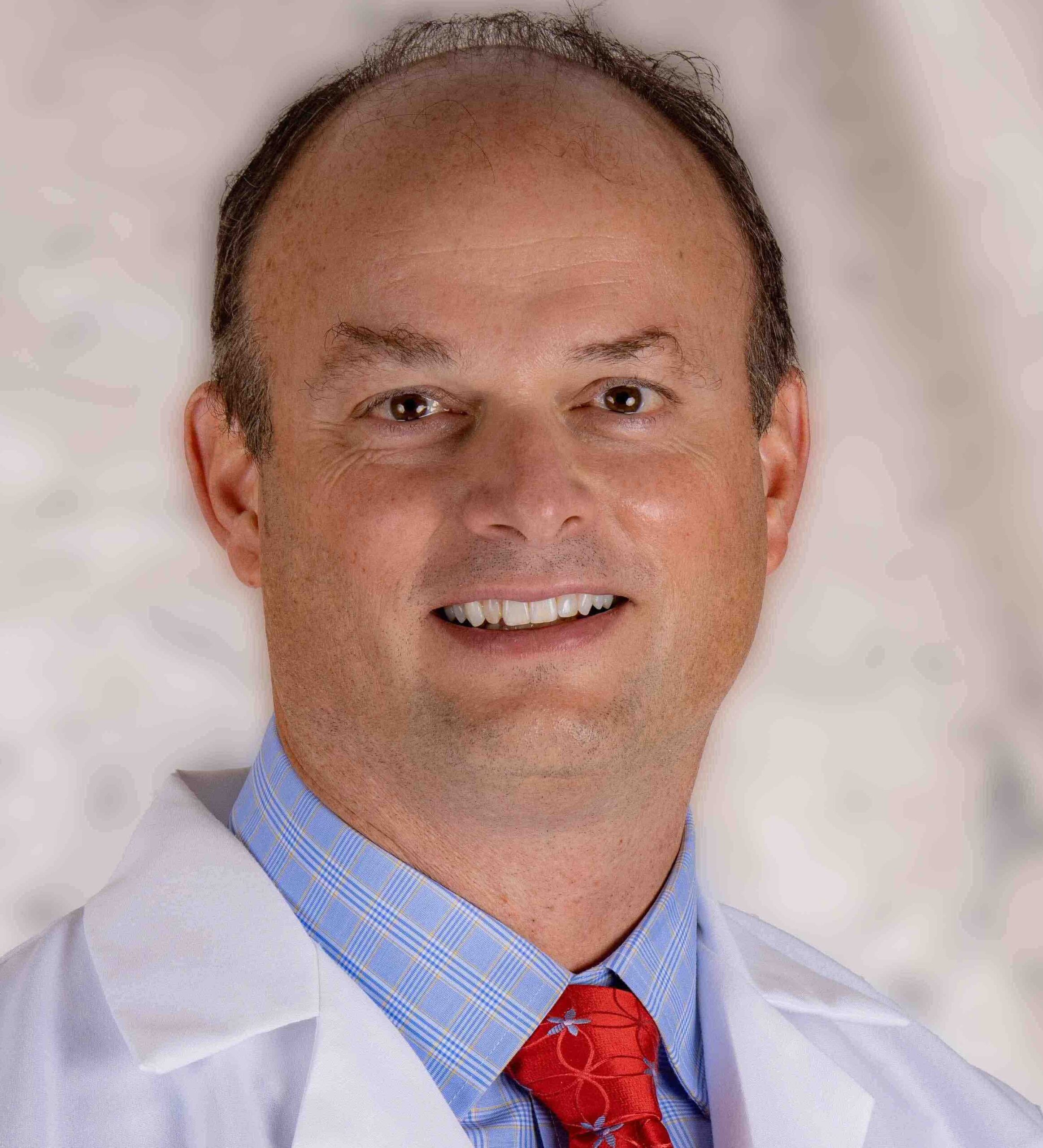
Clinician Well-Being Q&A
with Bentley Tate, MD
Scalable approaches that prioritize acute patient care while achieving strategic goals.
Streamlined management and virtual care solutions to maximize efficiency.
Intensivist staffing and management, leveraging technology for quality care.
Solutions to align and integrate processes and understanding across departments.
Leverage technology to expand coverage & support both in and outside of the hospital.
Engaging with patients for proactive planning and preventative health.
 Featured
Featured
Clinician well-being promotes the ideal in our health care system – great care delivered by engaged and caring clinicians. When we are well, we are less likely to experience burnout, meaning we are more engaged with our patients, our community, and our family.
Burnout is far more costly than most recognize. Often times, our health care system looks at burnout through the lens of clinician turnover, which is costly – but that’s not the only cost attributed to burnout.
In reality, the list of costs is much longer and includes poor quality relationships – both at home and at work, proven loss of productivity for burnt-out clinicians, increased malpractice suits, shortened careers in medicine, and for some, a role in the greatest cost – completed suicide.
Burnout levies a high price on the lives of many and on the system as a whole. The upside – as clinicians, when our well-being is prioritized, it delivers the ideals that make life better for all of us.
We are unlikely to learn how to move toward well-being and away from burnout from a sterile online course but rather from discussing these matters among ourselves. Sharing our struggles, normalizing rather than stigmatizing our mental health burdens of anxiety and depression, cheering one another on when a colleague makes a great step toward self-care.
The assault on our well-being kicks into gear at the start of medical training for most. Awareness about that is growing. Hopefully, small group interactions on wellness topics will be an increasing part of medical education.
As clinicians on the front lines know, there is a weight to being a front-line worker in the healing professions. The weight seems to be growing, but it’s not new. One of the most famous names in occupational burnout is Dr Christina Maslach. In 1982 one of her books was titled, “Burnout – the Cost of Caring.”
Dr Maslach’s research is still applicable to us today. It didn’t conclude – “distance yourself from people and their problems to avoid burnout.” Quite the opposite – one of the enduring three components that define occupational burnout in her research is “depersonalization” (i.e. a loss of empathy). We don’t depersonalize in our work to avoid burnout – rather arrive at depersonalization having succumbed to burnout.
Strategies are required to remain caring healers AND remain healthy enough to keep caring. “Transition times” has been an effective strategy for some – personal practices that enable a caring healer to release the burdens of one patient to engage another or transition to one’s personal life. One example comes from Rosemary Crawford, a therapist who works with sexual perpetrators and victims of domestic violence. With an aim to “wring out my soul on a daily basis,” she has a sponge on her desk. She splashes onto her sponge a few drops of water between appointments – at the end of day, pours that wrung out sponge water onto her office plants. (cited in From Burned Out to Beloved, Bethany Hiser, 2020)
Though an estimated 80% of burnout is “the system” (the pressures and nature of the training and work), be willing to put in 100% of the effort to thrive in your professional and personal life. Consider institutional efforts a bonus to your ongoing efforts to thrive.
I have six nieces and nephews currently in some form of medical training. We actually have a monthly Zoom meeting where we discuss these sorts of topics. One of my nephews, a PA student, missed our conversation last December, where we had discussed an article citing proven tactics to “connect with a patient.”
The next morning he texted me, “Sorry to miss. I’ll take a look at the article. This urgent care has me working over 50 hrs/week in addition to a bunch of school work and research projects, so I have been super busy this month.”
I wrote back, ” The straightforward ideas in the article might be the most important thing you learn this month. I’m not exaggerating. You’re experiencing what can happen for an entire career – the pace, hours, and pressures can overwhelm the human habits of interaction and caring. Our “good intentions” can remain ideals never unleashed.”
About ten years ago, I had a very unusual summer in my Emergency Department. Our hospital handled car wrecks for a stretch of 45 miles of a major interstate highway. Speed limit of 75 mph for the few that paid attention. Three times that summer, a serious accident happened because a tire blew. One was a fatality – the other two caused very serious injuries. Here’s what I most remember. Each time law enforcement concluded there was no obstacle in the road. No obvious mechanical failure. Worn-out tires finally gave out, and at highway speeds, the outcome was catastrophic.
That’s what comes to mind as I look ahead to clinicians who are increasingly worn down and worn out. The job has never been an easy one. But the stats regarding depression and anxiety in med students are scary. The rates of completed suicide among our female physicians grieves me. The amount of burnout among all clinicians and at all career stages disturbs me.
The crisis for those patients of mine that summer – barreling down the highway on threadbare tires – was there before they spun out of control. My analogy doesn’t just describe individual clinicians in crisis. It describes our nation’s health care system.
Awareness of the current crisis is spreading, and that means we have the opportunity to avoid the crash by finding solutions that address the issues.